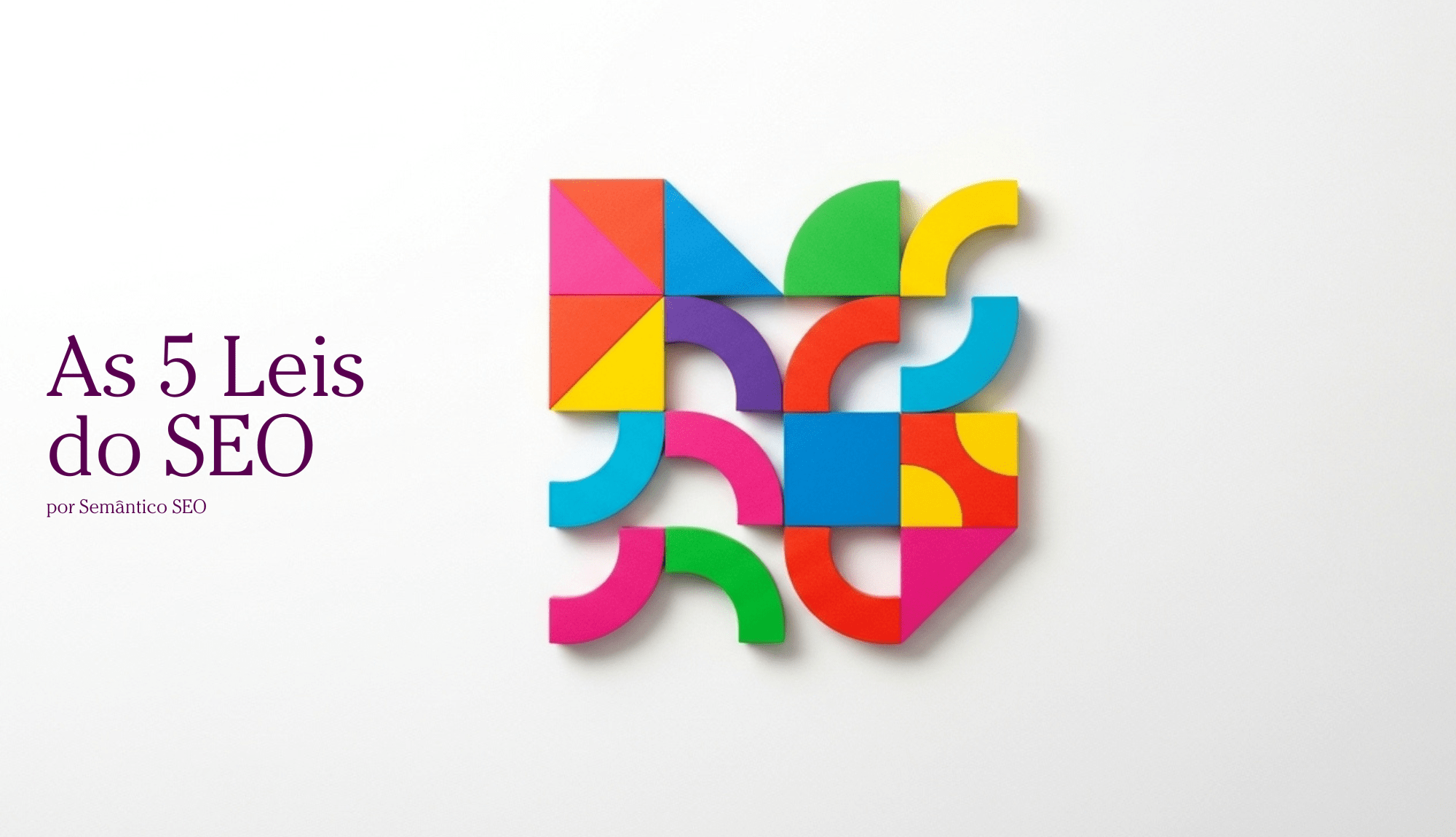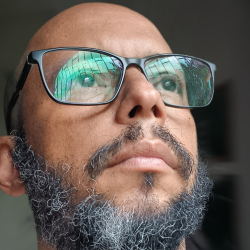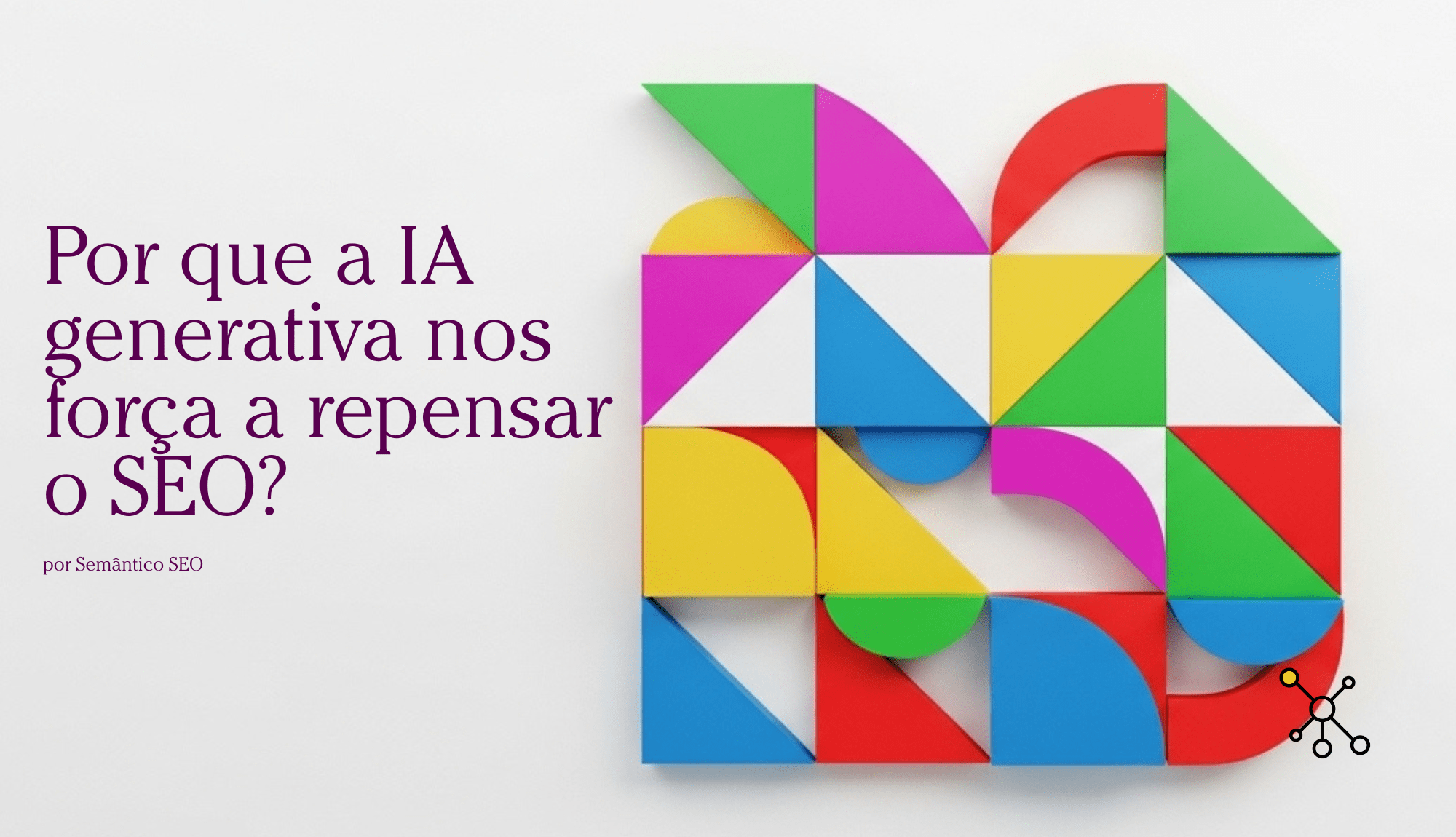The 5 Laws of SEO
Library science as a field of study originated with the Library of Alexandria in 288 BC, created to gather and classify all the knowledge of the ancient world, recorded in documentary form.
It is an interdisciplinary and multidisciplinary area of knowledge that studies the practices, perspectives, and applications of methods for representing and managing information and knowledge in different information environments, such as libraries, documentation centers, and research .
The 5 Laws of Library Science
One of the most important figures in Library Science is Shiyali Ramamrita Ranganathan, a mathematician and librarian from India, considered the father of library science in the country.
Ranganathan 's 5 laws , which still guide much of how information centers handle and work in practice today. He was the author of the book "The Five Laws of Library Science" (1931), which addresses crucial aspects of modern Library Science with its five laws.
These laws can be summarized as follows:
- Books meant to be used – a book is a means that promotes knowledge. And we can see the importance of a library in the following phrase: "whoever has information has power." It points to the book as a means and not as an end in itself.
- Every reader has their book – the librarian must study the users, observing the clientele to prepare the collection. This points towards selecting books according to the user's profile.
- Every book has its reader – this refers to the dissemination of information, where the books available in each library should be publicized. It points to the importance of promoting the book, its dissemination , anticipating the aesthetics of its reception.
- Save the reader's time – organizing and cataloging documents reduces the time needed to find the desired information. It points to free access to shelves, reference services , and the simplification of technical processes.
- growing organism – the librarian must control this growth by verifying what information is being used, through consultation and loan statistics bibliographic explosion that requires updating collections and forecasting the growth of the area occupied by the library.
When I came into contact with these laws, I began to understand their relationship to what we consider fundamental in online and SEO . Based on them, I created:

The 5 Laws of SEO
So, let's look at the 5 laws of SEO based on the 5 laws of Library Science?
1 - Information is meant to be used.
Just as in the laws defined by Ranganathan, where the book is the means by which knowledge is propelled, here your website is the means by which information should flow and, through it, the user's knowledge is achieved.
The phrase "whoever has information has power" also makes sense in the context of the relationship between visitor, website, and information. Your website is fundamental because it's the means by which the visitor comes into contact with information.
Think of your projects not as a means to an end, but as a path through which information should flow.
2 – Each visitor has their own content.
Just like a librarian, an SEO analyst needs to conduct (or help conduct) user research. We have many tools to understand the behavior and profile of your users.
If you work with UX professionals, you'll have key allies in understanding your users and visitors. Use analytics , BI, and access monitoring tools. Observing how people arrive at your website and how they use the information presented there can guide how that information should be organized.
Categorize and organize like a librarian: according to the user's profile.
3 – Each piece of content for your visitor
Organizing information according to each visitor profile. This is nothing new.
Sites like the BBC already use technologies and techniques that (even for non-logged-in visitors) tailor the homepage to each visitor's profile.
Case Study and the Power of Semantic SEO
Using technology (perhaps a bit of machine intelligence) to use cohort studies to shape your website's information, or to encourage visitors to create accounts, in order to personalize the information delivered to each profile.
Disseminate information according to each need, anticipating the aesthetics of its content .
4 – Save the visitor's time
This rule from Library Science applies perfectly to UX, Web , Information Architecture, and SEO: save the visitor's time. Efficiently organizing, arranging, and cataloging your website's data
Using an search on your website is one of the necessary steps to save visitors' time; simplifying menus and naming conventions are also recommended practices.
5 – A website is a growing organism.
Like a library, a website should be a growing organism. A website manager must control and plan this growth, connecting it to the organization's objectives.
Validating how information is being used is also the job of SEO, by analyzing statistics. Updating, maintaining, and improving the quality of your website's information, and managing the project's growth, is everyone's job.
What did you think of the SEO laws?
Do you think these laws can be enacted?




